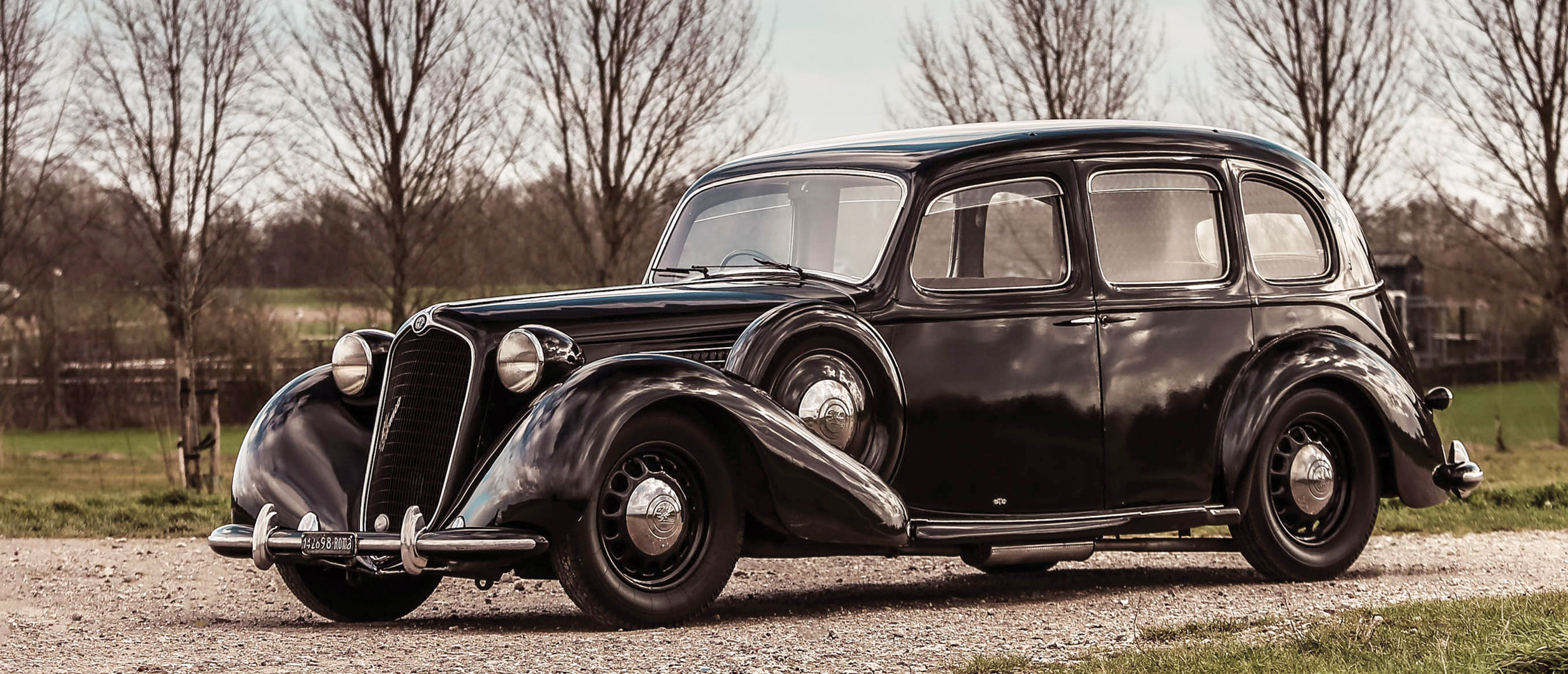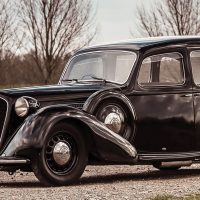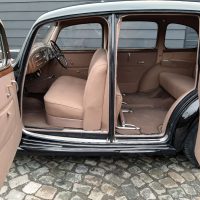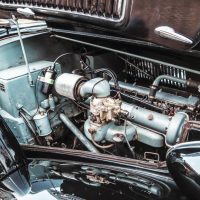SCM Analysis
Detailing
| Vehicle: | 1939 Alfa Romeo 6C 2500 Turismo Ministeriale |
| Years Produced: | 1939–40 |
| Number Produced: | 81 |
| Original List Price: | N/A |
| SCM Valuation: | $119,835 (this car) |
| Tune Up Cost: | $3,500 |
| Chassis Number Location: | Engine compartment on side rail |
| Engine Number Location: | Stamped on side of block |
| Club Info: | The Alfa Romeo Owners Club USA |
| Website: | http://www.aroc-usa.org |
| Alternatives: | 1942 Packard Clipper Eight, 1939 Bugatti Type 57 Galibier, 1939 Bentley 4¼ Litre Saloon |
| Investment Grade: | D |
This car, Lot 405, sold for $119,835 (€105,600 €1=$1.135), including buyer’s premium, during RM Sotheby’s Online Only: The European Sale on June 11, 2020.
Where to begin? This is a fascinating transaction — an almost perfect example of a perfectly functioning market. It illustrates why objects are valued by collectors in a certain way and how a very precise set of attributes determines where a vehicle sits in the market.
The Alfa Romeo 6C 2500 is a remarkable car, a milestone in the history of the marque as the last of the pre-war luxury and sporting cars powered by the engines based on Vittorio Jano’s designs — which also served as Alfa’s first product of the post-war period.
Of course, when it comes to Alfa, “pre” and “post” are relative terms. The company quite famously built passenger cars during every year of the war-torn 1940s, a feat few other manufacturers share. Perhaps the proper division would be “vehicles built before the near-total destruction of the Portello factory and those built while it was being rebuilt.”
The cooking version
In any event, another distinguishing factor of pre-war Alfas was the very different character of the models dependent on the state of tune in which they were built. From the fire-breathing racing triple-carburetor Super Sport Corsa with 125 hp and the hottest road-going model, the 105-hp Super Sport, to the single-carb Sport at 95 hp, the 6C 2500 was a genuine 100-mph car, clothed in the coachwork of Italy’s greatest carrozzerie.
At the base of the pyramid was the Turismo, as my British friends might say, “the cooking version.” Equipped with a single carburetor and a lower compression ratio, it produced 87 hp. It was also the engine most often fitted to chassis with sedan or limousine bodywork — the heaviest to be mounted. Our subject car, bodied with in-house Alfa factory coachwork, is one such model.
The “Ministeriale” was, as its name implied, a model created for official transport. With the formality of a limousine but possessing a sobriety of form better suited for a high-level civil servant, it could certainly never be accused of being either flashy or dashing.
Those who would appreciate this style would lean towards the type attracted to historical monuments. It is certain that its early history would make fascinating reading, but as is so often the case with passenger cars delivered during World War II, the catalog stated, “Its exact ownership during the war is unknown.”
A long movie career
After the conflict, it passed through the hands of some minor Italian nobility — then into the long-term ownership of a family in Italy who perhaps found the Alfa’s highest calling, as a period movie prop. Its film resumé is a long one, with some features more well-known than others. I have to admit that as catalog copy goes, I have never seen an Academy Award nomination list used as a selling point for a car that was not a principal character in a film.
Nevertheless, the other fairly amusing part of the pitch is the mention of this slow, staid sedan’s “eligibility” for the Mille Miglia Storica. Given the current rules for entry to the Italian classic, which involve inscription on the Mille Miglia Registry, open only to those cars which actually ran in the original 1927–57 events, and sporting interest, I would be somewhat surprised to find it welcomed in Brescia.
Even if it were accepted into the Mille Miglia Storica, it would almost certainly be a very leisurely, if supremely cushy, manner of covering the distance and a very memorable mount for the rally.
I doubt very much that the new owner had that in mind when submitting their bid.
And all this gets us to the price realized.
A low price — for a reason
This was, without a doubt, an absolute bargain price for a 1939 Alfa 6C 2500 — until you factor in the discounts taken for the state of tune and stodgy bodywork. And it’s not just that it’s a sedan — Pinin Farina and other carrozzerie built lovely — and sometimes even sexy — 4-door bodies on this chassis. This isn’t one of them.
The car’s film history is interesting — but not compelling. Unlike sitting in your media room and playing the opening of “Le Mans” for your friends and stepping into your garage to gaze on the 911 you all just saw Steve McQueen drive into town before the race, it’s unlikely that screening “The Last Emperor,” in which your newly acquired Alfa Romeo rated two stars on the Internet Movie Car Database for “Minor action vehicle or used in only a short scene,” would have the same effect.
It is, however, a transaction I would categorize as appropriately bought — the car is neat in its square-rigged way and is an historical artifact, as a survivor of the period. If the owner is brave enough to do the research into its early ownership, it could prove to be even more interesting — even if potentially a bit frightening. ♦
(Introductory description courtesy of RM Sotheby’s.)



